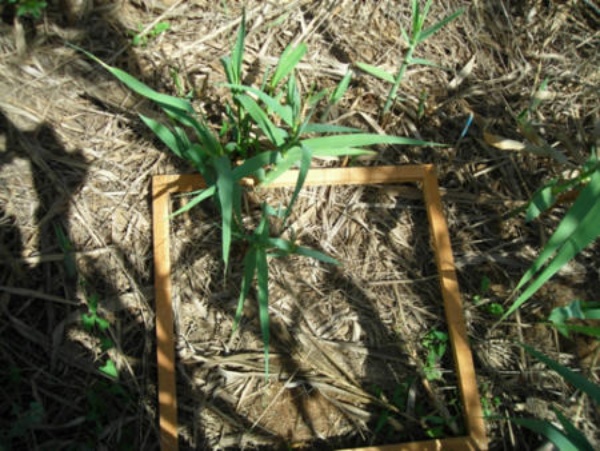


Preliminary actions
Assessing present condition of the project’s area and establishing the condition we wish to achieve through the development of the Project, in order to be able to assess the completion of the project’s goals. It includes:
Preliminary tasks to prepare the implementation actions of the Project, including:
Implementation actions
The signing of land stewardship agreements with all kinds of owners will be promoted. ANSE will sign land stewardship agreements with the rest of partners for those publicly owned lands within the project’s area.
Public Domain terrains will be delimitated in order to protect native riparian forest.
A system will be created to allow both environmental protection professionals and the public general to report the presence of possible IAS or wildfires. In order to achieve this, the following will be carried out:
Soft interventions to promote the recovery of native species of ripisilva, weakening the local populations of shrub or grass-like IAS
Soft interventions to promote the recovery of native species of ripisilva, weakening the local populations of arboreal.
Reafforestation with native species.
Different measures that, all together, intend to enhance the effectivity of direct actions on IAS. These include:
Different activities aimed towards fauna IAS. It entails two sub-actions:
Increased presence of environmental agents to perform prevention tasks, such as visits to riverside owners, authorized fires control, installation of information panels, etc.
Monitoring actions
Different actions aimed to control the correct execution of the Project and the effectiveness of developed actions for the fulfilling of set goals.

Monitoring regrowth of Giant Reed
Communication and dissemination actions
Actions aimed to the raising of awareness among the public general about the importance of the preservation of native habitats and species, and the threat posed by IAS. The following actions will be performed:
Support to dissemination activities through the production of several dissemination materials:
A report drafted for the public general, detailing the results of the Project.
In order to deliver information to the users of riparian forest areas, and to achieve the visibility of the project.
To be conducted by ANSE, an association with years of expertise in volunteer works
Overall Project operation and monitoring of the Project progress
To provide the participants the means to cover any need for capacity building detected.
Monitoring and dissemination of the Project after its completion.
Administrative tasks for the project’s management.
Financial Audit.
Promotion of ties and exchange of experiences and lessons learned with similar projects.